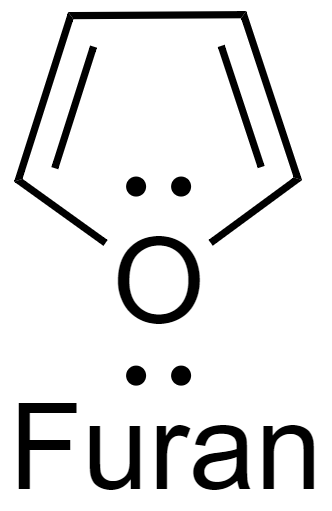
How many resonating structures are possible for the compound.


Answer
517.5k+ views
Hint: To solve this question, we first need to know what are resonating structures. Resonating structures or resonance structures can be used to depict the delocalization of electrons through a set of Lewis structures in an ion or a molecule containing multiple atoms.
Complete answer:
Sometimes, when a single Lewis structure cannot depict how atoms are bonded in an ion or a molecule due to the presence of fractional bonds or partial charges, the chemical bonding is depicted by resonance structure.
When the resonance structures of a molecule or an ion are merged to form a resonance hybrid.
A lone pair, when added to an atom, creates a negative charge on the molecule. Similarly, when a lone pair is removed from an atom, a positive charge is created on the atom.
When a bond is broken, a lone pair of electrons are added to the atom. Similarly, when a lone pair is added to an atom, a bond is formed.
Bonds and lone pairs delocalized in a molecule to form resonating structures. A resonance cycle is said to be complete when the original molecule is formed and the bonds and the lone pairs are the same as the original molecule.
It is important to note that while counting the resonating structures, the final structure which is the same as the original structure of the molecule should not be counted as one of the resonating structures.
The resonating structures of furan are as follows:

Hence, we can see that furan forms 5 resonating structures.
Note:
Some of the common mistakes that should be kept in mind while drawing the resonating structure of a molecule are
1. Atoms should not be moved around while drawing the resonating structure.
2. The charge and the number of lone pairs on the molecule must not change.
3. The curved arrows should be drawn correctly.
Complete answer:
Sometimes, when a single Lewis structure cannot depict how atoms are bonded in an ion or a molecule due to the presence of fractional bonds or partial charges, the chemical bonding is depicted by resonance structure.
When the resonance structures of a molecule or an ion are merged to form a resonance hybrid.
A lone pair, when added to an atom, creates a negative charge on the molecule. Similarly, when a lone pair is removed from an atom, a positive charge is created on the atom.
When a bond is broken, a lone pair of electrons are added to the atom. Similarly, when a lone pair is added to an atom, a bond is formed.
Bonds and lone pairs delocalized in a molecule to form resonating structures. A resonance cycle is said to be complete when the original molecule is formed and the bonds and the lone pairs are the same as the original molecule.
It is important to note that while counting the resonating structures, the final structure which is the same as the original structure of the molecule should not be counted as one of the resonating structures.
The resonating structures of furan are as follows:

Hence, we can see that furan forms 5 resonating structures.
Note:
Some of the common mistakes that should be kept in mind while drawing the resonating structure of a molecule are
1. Atoms should not be moved around while drawing the resonating structure.
2. The charge and the number of lone pairs on the molecule must not change.
3. The curved arrows should be drawn correctly.
Recently Updated Pages
Why are manures considered better than fertilizers class 11 biology CBSE

Find the coordinates of the midpoint of the line segment class 11 maths CBSE

Distinguish between static friction limiting friction class 11 physics CBSE

The Chairman of the constituent Assembly was A Jawaharlal class 11 social science CBSE

The first National Commission on Labour NCL submitted class 11 social science CBSE

Number of all subshell of n + l 7 is A 4 B 5 C 6 D class 11 chemistry CBSE

Trending doubts
What is meant by exothermic and endothermic reactions class 11 chemistry CBSE

10 examples of friction in our daily life

One Metric ton is equal to kg A 10000 B 1000 C 100 class 11 physics CBSE

1 Quintal is equal to a 110 kg b 10 kg c 100kg d 1000 class 11 physics CBSE

Difference Between Prokaryotic Cells and Eukaryotic Cells

What are Quantum numbers Explain the quantum number class 11 chemistry CBSE




